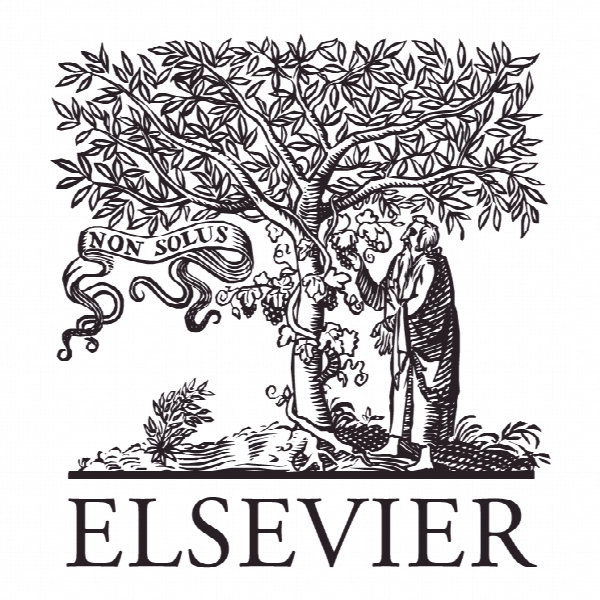داده کاوی پیشرفته در میدان یونی میکروسکوپی Advanced data mining in field ion microscopy
- نوع فایل : کتاب
- زبان : انگلیسی
- ناشر : Elsevier
- چاپ و سال / کشور: 2018
توضیحات
رشته های مرتبط مهندسی مواد، فیزیک، مهندسی کامپیوتر
گرایش های مرتبط مهندسی مواد گرایش بیو مواد، فیزیک کاربردی، مهندسی نرم افزار
مجله خصوصیات مواد – Materials Characterization
دانشگاه Department of Microstructure Physics and Alloy Design – Germany
شناسه دیجیتال – doi https://doi.org/10.1016/j.matchar.2018.02.040
منتشر شده در نشریه الزویر
کلمات کلیدی انگلیسی FIM, Image processing, Machine learning, Atomic resolution, Data mining
گرایش های مرتبط مهندسی مواد گرایش بیو مواد، فیزیک کاربردی، مهندسی نرم افزار
مجله خصوصیات مواد – Materials Characterization
دانشگاه Department of Microstructure Physics and Alloy Design – Germany
شناسه دیجیتال – doi https://doi.org/10.1016/j.matchar.2018.02.040
منتشر شده در نشریه الزویر
کلمات کلیدی انگلیسی FIM, Image processing, Machine learning, Atomic resolution, Data mining
Description
1. Introduction Field ion microscopy (FIM), invented in 1951 by Erwin Müller [1, 2], is a high electric field technique which uniquely enables imaging of surfaces with atomic resolution. FIM is based on ionization of an imaging gas in the vicinity of a field-emitter tip as a consequence of the locally high electric field. The high electric field is achieved by applying a high voltage of a few kilovolts onto a very sharp needle-shaped specimen maintained at a temperature usually below 80 K. Specimens are either electropolished [3] or milled with a focused ion beam (FIB) [4] into a very sharp needle tip with an end radius below 100 nm. The advantage of using FIB for specimen preparation lies in its site specific application for extracting tips in microstructure regions of high interest such as across internal interfaces. An excellent review on using FIB for site specific specimen preparation can be found in reference [4]. Once the specimen is mounted an imaging gas is introduced. The introduced imaging gas gets attracted by the cold surface due to polarization forces. The gas atoms then thermally accommodate with the cold tip surface by performing a series of “ hops”. Surrounding the tip surface there exists a critical zone, where the maximum ionization occurs. This surface usually lies around 1–4 Å above the tip [5]. During the “ hops”, the ionization probability for the gas atoms can be considerable as they spend a significant amount of time in the critical surface. As a consequence an electron can tunnel from the imaging gas atom into the tip. The ionized gas atom is accelerated away from the positively biased tip and towards the detector, where gas ions contribute to image formation. The surface is the intersection of the crystalline lattice with the imposed end shape, often approximated as nearly-spherical. Owing to the discreteness of the atomic arrangement at these scales the tip apex curvature is, in reality, made of atomic scale crystallographic terrace features where some of the top, edge and corner atoms are naturally protruding, producing local electrostatic field enhancement. This means that these exposed atomic terrace positions are sites of magnified electrostatic field strength and also of aberrated field direction. The amount of gas atoms ionizing depends on such a local enhancement of the electric field. This variation in electric field strength across the surface atoms gives the final contrast in the FIM image. The contrast in FIM also depends on the gas supply function and adsorption behavior [6-8]. Atomic resolution can be attained in some cases on certain high index facets where the surface field distribution is corrugated enough to give contrast in the image. By collecting the gas ions on a phosphor screen, an image is formed that reveals the distribution of the electrostatic field near the surface and the current created by the number of incoming imaging gas ions


